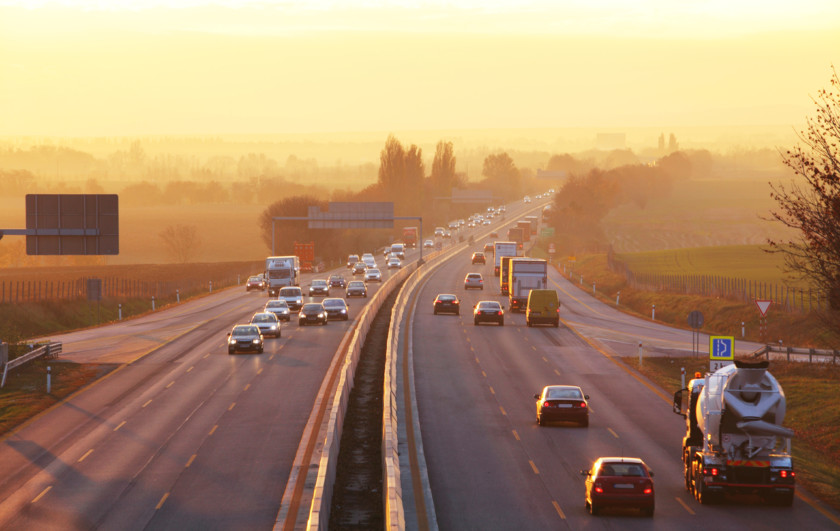Now that the self-driving car has become more than just a fantasy, transit planners are installing new fixtures on highways to keep the new technology safe.

These “smart roads” are technology-aided roads wired with fiber optics, cameras, and connected signaling devices intended to aid cars (self-driven or not) move as quickly as possible — and more safely. Advocates of smart roads say they reduce the risk of accidents, shorten road trips, and save gas.
Virginia Transit authorities say that roads that accommodate self-driving cars cause few backups and accidents, which saves gas and money for car owners. But building such roads requires rethinking everything about the modern highway.
Because it seems like such a daunting task, only a few states have begun building smart roads, most notably Virginia and Ohio. But, in the coming years, it is expected that more states will see self-driving cars that need the aid of smart roads. For example, Uber is testing a fleet of self-driving trucks and experimented with a self-driving tractor trailer to deliver a load of Budweiser last year. To make such deliveries possible on a wider scale, transit authorities will need to update highways.
Meanwhile, Tesla has just released its new version of the self-driving car after a series of accidents last year put the company under public scrutiny. These new cars are safer and better — and can even predict accidents before they happen.
With self-driving cars, the technology is there; the roads just need to catch up.


